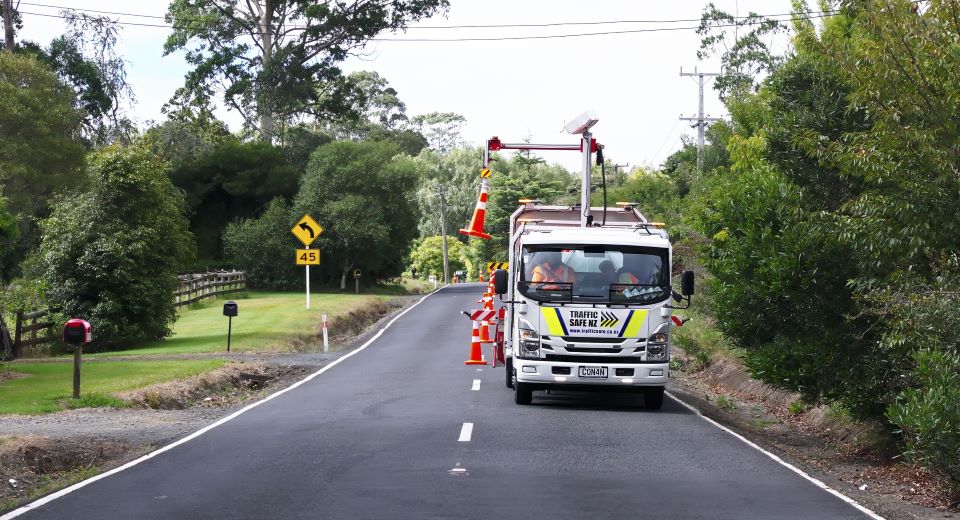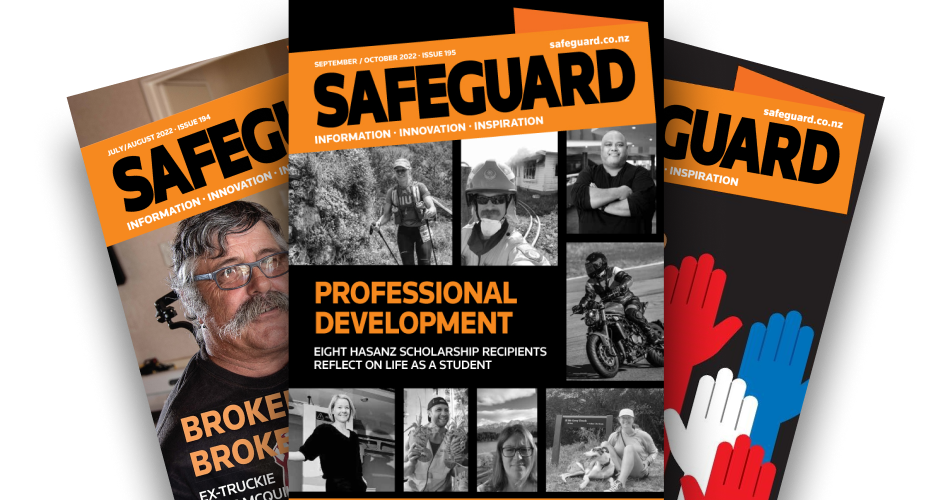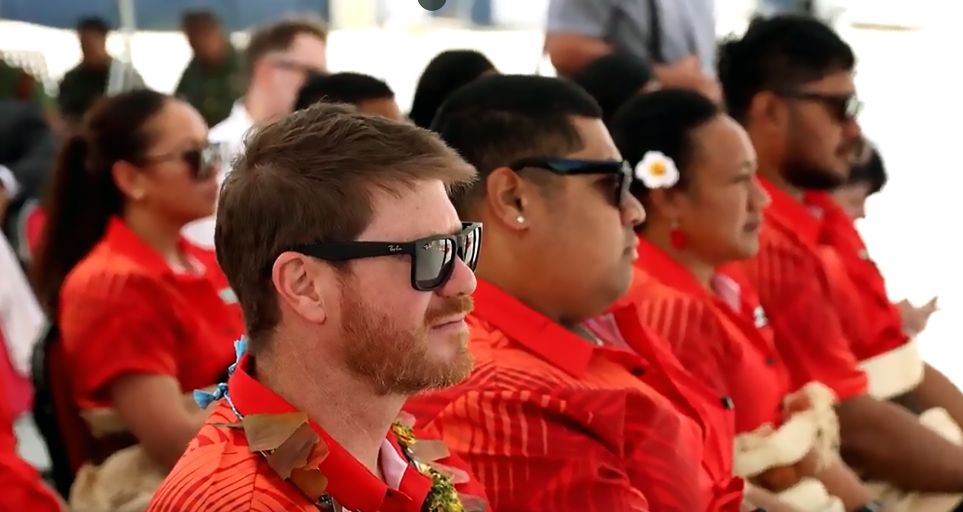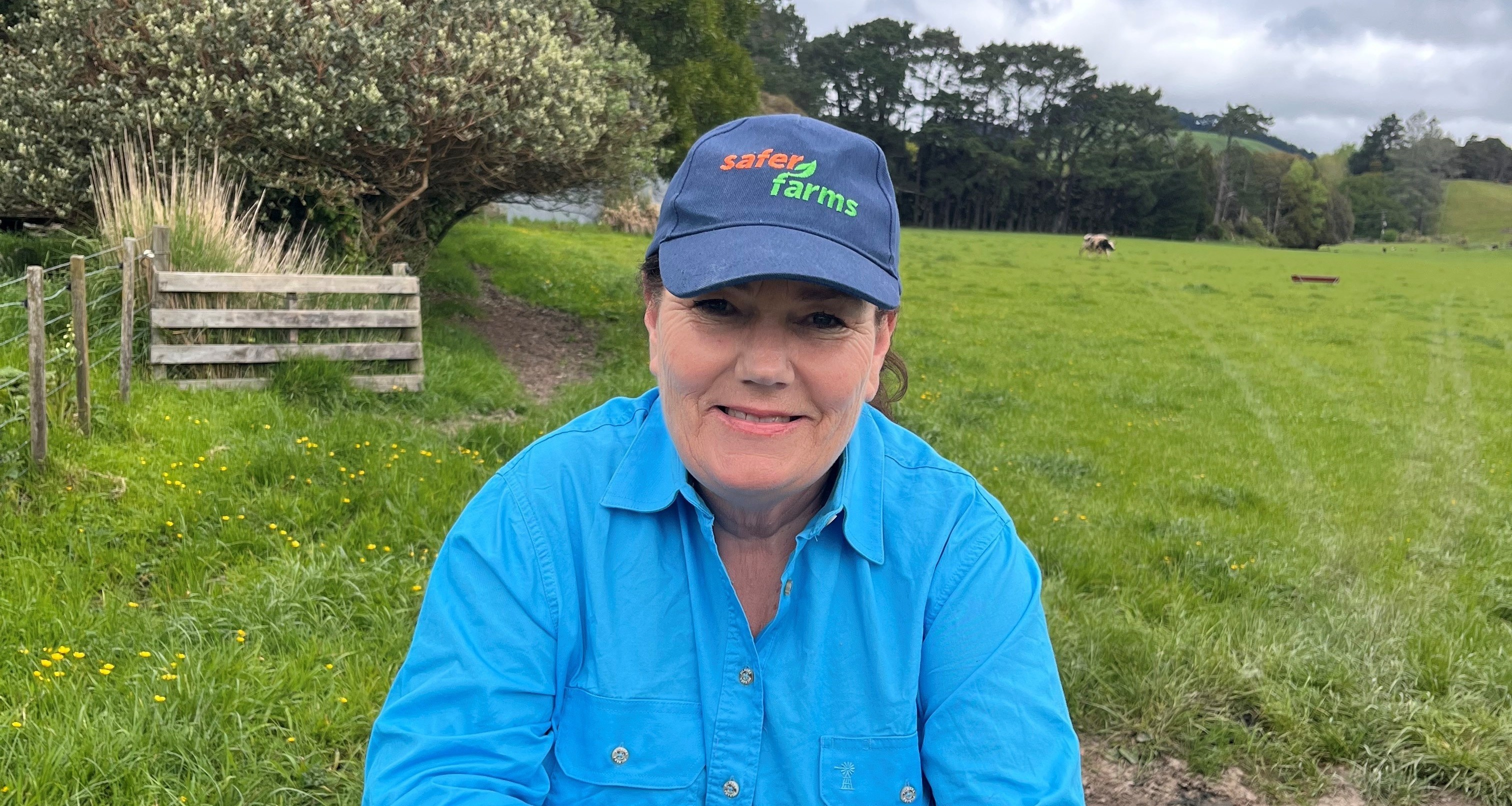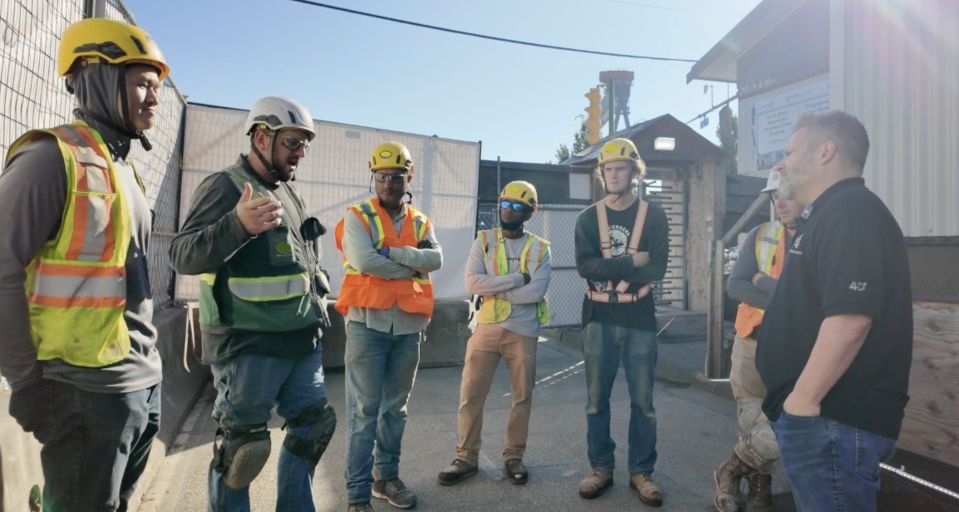With his big ‘eyes’, giraffe neck and spindly long ‘arms’, he’s not the cutest robot you’ll ever meet, but Conan, Traffic Safe NZ’s ‘cone robot’, is proving to be an injury-busting, anxiety-reducing workhorse for the company – and one that has enabled it to engineer out a key risk for its team.
The initiative won the Safety category at the 2024 NZ Workplace Health & Safety Awards.
Conan is an automated cone deployment and retrieval system – or cone robot – and has enabled the temporary traffic management company to completely engineer out the need to have people on the back of vehicles deploying and retrieving road cones, which is one of the most high-risk activities that Traffic Safe’s teams undertake.
Traditionally, workers stood on purpose-built work platforms on the back of a truck and, attached to the truck with a safety harness and lanyard, were required to lean out from the truck to position or retrieve cones.
Traffic Safe NZ CEO Pierre Crous says one the company’s core values is ‘everyone home safe, every day’. “Having our people on the back of a truck with traffic whizzing past at speed constantly puts our teams’ safety at risk.”
Risk and anxiety
Traffic Safe’s health and safety data showed an “unacceptable” 43% of serious injuries and 37% of first aid injuries happened while working on the back of a truck. A road test conducted by Traffic Safe using a crash test dummy showed that a passing car could be as close as 20cm from an employee’s head when they were dropping cones onto the road manually.
Humans also sometimes make mistakes, Crous says, noting the potential for people to forget to properly secure themselves to anchor points.
“It was another thing in terms of risk management and was not a risk we wanted to be exposed to.”
Consultation with team members showed they were experiencing high levels of anxiety about working on the back of the trucks.
“It’s not only dangerous work, but it can be scary for our people, so we knew we needed to do something different.”
Customizing the solution
In June 2023, Traffic Safe, which has a 300-strong workforce, made the decision to engineer out the risk. Within 10 months the process of ideation, sourcing and compliance was completed and two working prototypes were in operation on New Zealand’s roads.
Crous says a new governance structure put into place about three years ago injected a new vision and culture into the business. “It was absolutely the concept of a safety-led approach and safety through innovation.”
Traffic Safe looked at several solutions from Europe and Australia, but many were too big and bulky for Kiwi conditions.
Austrian-developed Conan, however, proved just right – or very nearly.
Able to be mounted on a standard flatbed truck and controlled from the driver’s seat in the cab, Conan uses cameras, sensors and a robotic arm to eliminate the need for people on the rear platform. The cameras and sensors guide the track of the robotic arm according to the speed of the truck, enabling cones to be laid precisely where they need to be.
Retrieval of the cones is carried out in a similar manner, with Conan stacking cones in the rear platform ready for deployment at the next site.
While the company bought Conan thinking it would be able to use the cone robot straight out of the box, New Zealand’s tight, winding roads – particularly compared to Europe – meant customization was required.
“You don’t know what you don’t know,” Crous notes. “We found we had to do some customization as we were learning to use the equipment.”
Those customizations included providing more leeway for cone pickups and adjustments to the guide collecting the cone. The cones themselves were also changed – standard Kiwi road cones provide “challenges” for software calibration and some of the hardware components of the system, leading Traffic Safe to design and manufacture its own custom-made cones, compliant with local regulations.
Engaging with the team
Crous says much thought was put into engagement with team members as well as external stakeholders prior to launching the Conan concept.
“It’s one thing to meet and engage the market, but it’s very important to meet and engage your team members because they are the heartbeat and lungs that bring things to life,” he says.
“We made them part of bringing Conan to life. They were part of videos we produced [introducing Conan] and we had extensive training.
“However, again, when you move first you don’t know what you don’t know.
“As humans, our default setting is resistance to change, so initially there was a little bit of apprehension.”
The “niggles” which resulted in the customizations to gear Conan up for New Zealand conditions also added to the initial resistance to change.
“But then when with consultation and R&D, we fix the problem, then the team gets so excited, two-fold, because number one they had input and number two they can see the success of the input and the response of something getting done, so it ultimately had a really positive impact on the culture.”
Further developments
With qualified, skilled labour hard to find in the traffic management industry, Conan was never viewed as a way of reducing staff numbers – a fear often associated with automation and robots.
Instead Conan has freed up two people per truck to do less hazardous and more varied and rewarding work, with training and development and career paths provided to enable staff to develop into skilled specialist roles and site traffic management supervisors.
There are now four Conans at work, with another four due to start work in the first quarter of 2025.
Crous says Traffic Safe has also been trialling another automated coning machine developed here in New Zealand.
“What we’ve learned is that when it comes to traffic management and the problems we’re trying to solve, it’s not a one-size-fits-all approach to the solution.”
“We perceive we will have multiple different types of kit targeted for specific types of scopes of work with their own challenges and risks they pose. We’ve definitely learned it’s going to take more innovation – and not just in one channel but in multiple channels – to provide a good, safe solution across the board.
“Safety through innovation is a phrase that our chairman uses a lot, so we’ll be making sure we make more progress in this space.”
Just like another famous Austrian, Conan will be back.
